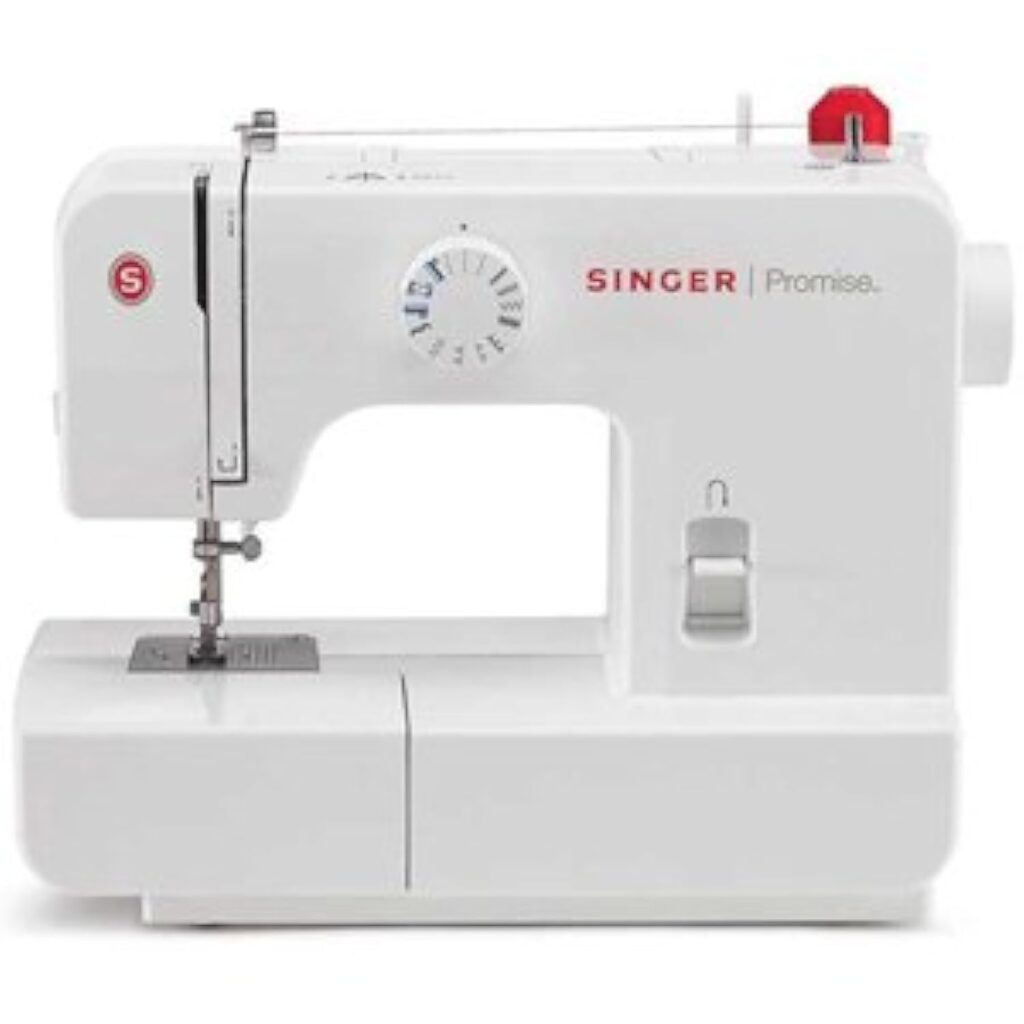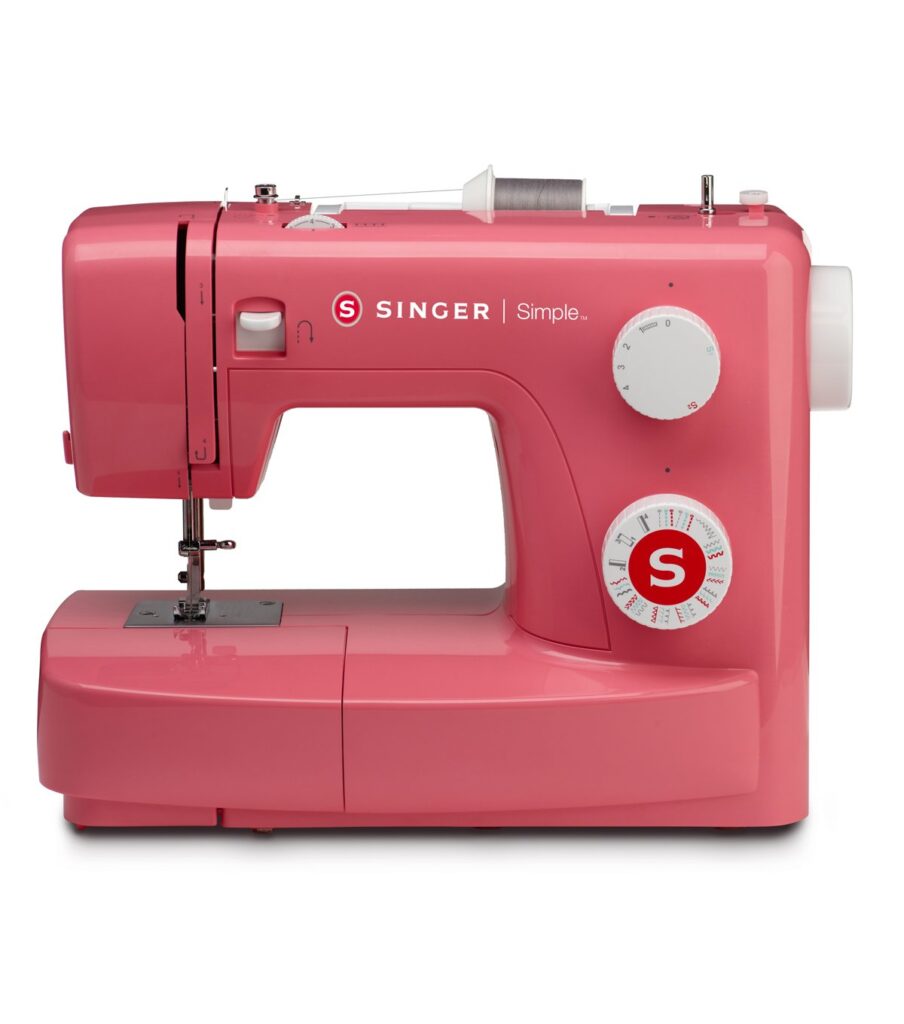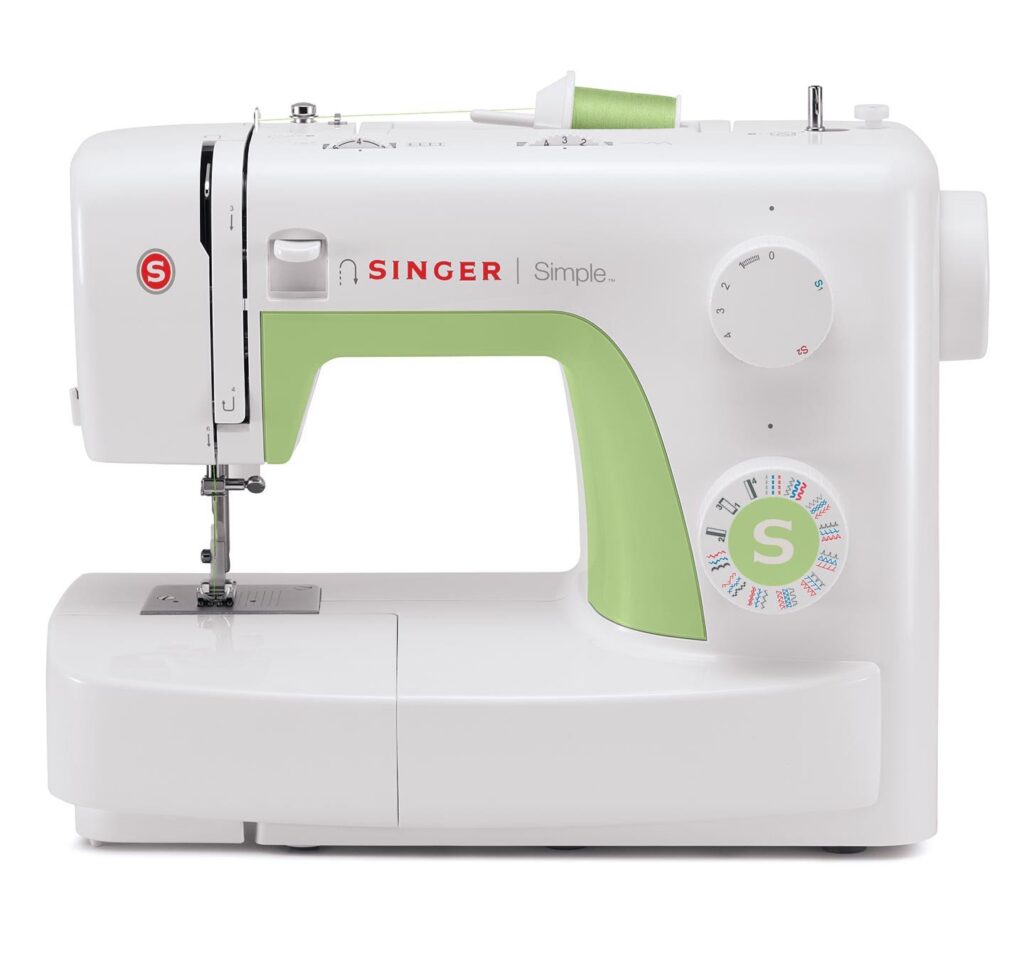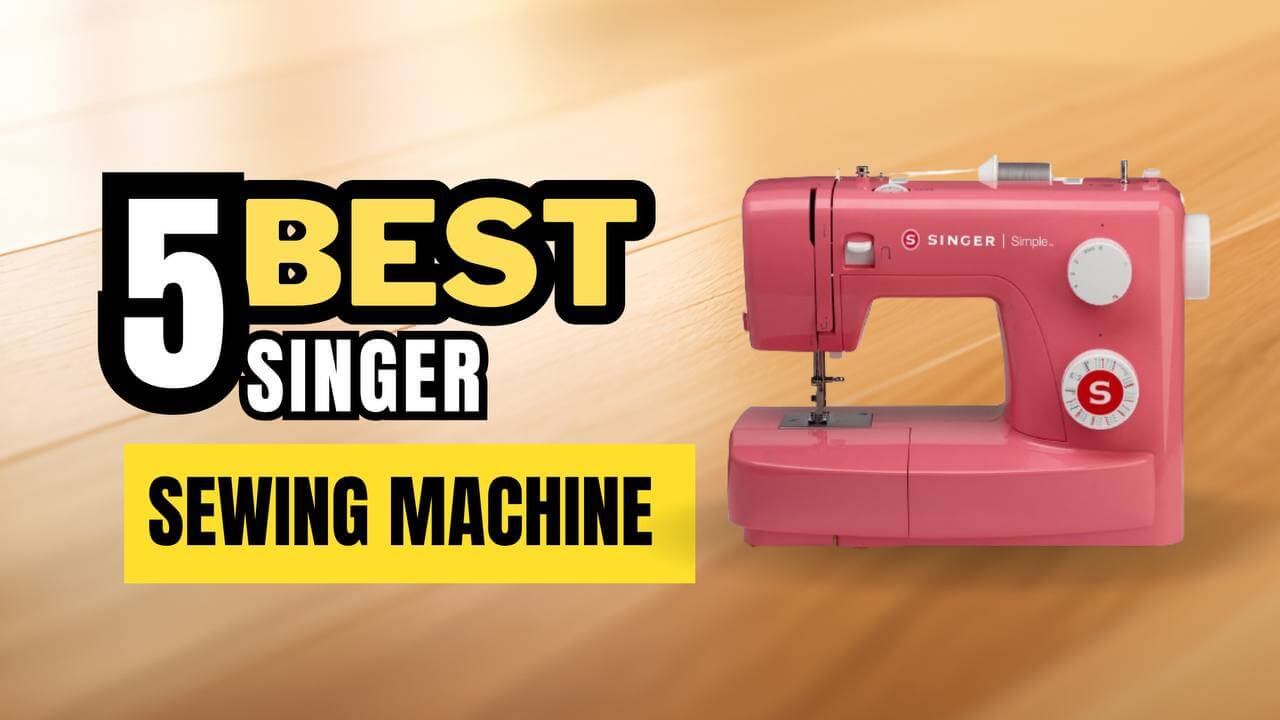In the world of sewing, one name has stood the test of time and emerged as a symbol of quality, innovation, and craftsmanship – Singer. The iconic Singer sewing machines have been weaving through the fabric of history, leaving a lasting legacy that spans generations. As we unravel the story behind Singer sewing machines, we discover not just a tool for stitching fabric but a narrative of technological evolution, social change, and the pursuit of perfection.
what is a good sewing machine?
A good sewing machine possesses several key qualities that cater to the needs of both beginners and experienced sewers. Here are some essential qualities to look for in a quality sewing machine:
- Durability:
A good sewing machine should be built with durable materials to withstand regular use over the years. Sturdy construction ensures longevity and reliability.
- Stitch Variety:
Look for a machine that offers a variety of stitches, including straight stitches, zigzag, overlock, and decorative stitches. This versatility allows for a broader range of sewing projects.
- Ease of Use:
User-friendly features such as easy threading, clear stitch selection, and intuitive controls make it easier for beginners to learn and enjoy sewing.
- Adjustable Speed:
Having adjustable speed settings allows sewers to work at their own pace, making it suitable for both beginners and advanced users. It’s especially useful when working on intricate details or delicate fabrics.
- Automatic Needle Threader:
An automatic needle threader simplifies the threading process, saving time and reducing frustration, especially for those with eyesight issues.
- Drop-In Bobbin System:
A drop-in bobbin system makes it easy to insert and replace bobbins. It provides convenience and reduces the chances of thread jams.
- Good Lighting:
Proper illumination of the sewing area is crucial. A well-lit workspace helps prevent eye strain and ensures accurate stitching.
- Adjustable Presser Foot:
The ability to adjust the presser foot pressure is essential for accommodating various fabric thicknesses. It ensures consistent and professional-looking stitches across different materials.
- Extension Table:
For larger projects, having an extension table can provide additional support and workspace. This is particularly useful when working on quilts or larger garments.
- Quiet Operation:
A quiet sewing machine is a bonus, especially for those who enjoy late-night or early-morning sewing sessions. Quiet operation enhances the overall sewing experience.
- Portability:
If you plan to attend sewing classes or move your machine around frequently, consider a portable and lightweight model.
- Reliable Bobbin Winding:
A sewing machine with a reliable bobbin winding system ensures even and consistent winding, preventing thread snags and tangles during sewing.
- Quality Brand and Reviews:
Opt for reputable brands with positive reviews. Researching customer experiences can provide insights into the machine’s performance and durability.
- Warranty and Customer Support:
A good sewing machine typically comes with a reasonable warranty period and reliable customer support. This ensures assistance in case of issues and adds to the overall peace of mind.
By considering these qualities, you can select a sewing machine that aligns with your specific needs and preferences, whether you’re a novice or an experienced seamstress.

- Build-in Stitches: 8
- Sewing Speed: 750 SPM
- No. of Buttonholes Styles: 4
- Number of Stitches: 24
- Accessory storage: Yes
- Type: Electric
- Thread Tension Adjustment: Yes

- Features: 12 built-in stitches include 7 basic and 2 decorative stitches and 1 automatic 4-step buttonhole and 18 built-in stitch functions.

- SINGER FREE-ARM SEWING MACHINE: The Singer 1304 Start Free Arm Portable Sewing Machine with 6 Built-In Stitches and its sewing accessories are an easy-to-use and versatile products.

- Build-in Stitches: 23;
- Number of Stitches Functions: 101
- Sewing Speed: 800 SPM
- No. of Buttonholes Styles: 4
- Accessory storage: Yes
- Type: Electric
- Thread Tension Adjustment: Yes

- 𝗘𝗳𝗳𝗼𝗿𝘁𝗹𝗲𝘀𝘀 𝗦𝘁𝗶𝘁𝗰𝗵𝗶𝗻𝗴: With 29 built-in stitches, including 6 basic, 7 stretch, 15 decorative, and 1 automatic 4-Step Buttonhole stitches, you can achieve perfect results effortlessly with the right stitch for every project
The Timeless Elegance of Singer Sewing Machines: A Stitch in History
A Stitch in Time – The Birth of Singer Sewing Machines
The journey of Singer sewing machines began in the mid-19th century when Isaac Merritt Singer, an American actor and inventor, sought to revolutionize the way people stitched fabrics. In 1851, Singer patented the first practical sewing machine, introducing the world to a new era of sewing technology. The innovation lay in its ability to create a lockstitch, a sturdy and reliable stitch that quickly became the standard in the industry.
Singer’s machine was not only functional but also user-friendly. With a foot treadle to power the machine, it offered a hands-free operation that liberated the hands of the seamstress, allowing for more precision and efficiency. This marked the beginning of the democratization of sewing, making it more accessible to a broader audience.
The Sewing Revolution – Transforming Homes and Industries
Singer sewing machines quickly found their way into households, transforming the way people approached clothing and home textiles. What was once a time-consuming and labor-intensive task became a more efficient and enjoyable process. The ability to create intricate patterns and designs opened new possibilities for personal expression through fashion and interior decor.
Beyond the domestic sphere, Singer sewing machines played a pivotal role in industrial settings. The machines were adopted by textile factories, contributing to the growth of the garment industry. This shift not only increased production efficiency but also paved the way for the mass production of clothing, making fashion more accessible to the general public.
Innovation and Adaptation – Singer’s Technological Advancements
As the demand for sewing machines grew, Singer continued to innovate and improve its products. The company introduced electric sewing machines in the early 20th century, eliminating the need for manual foot treadles. This transition marked a significant leap forward in terms of convenience and speed, catering to the evolving needs of seamstresses and manufacturers alike.
Singer didn’t stop there. Over the decades, the company continued to introduce features that enhanced the sewing experience. From built-in zigzag stitching to automatic buttonholers, each innovation aimed to simplify tasks and provide users with greater creative freedom. The dedication to technological advancement has kept Singer sewing machines relevant and sought after in an ever-changing landscape.
The Cultural Impact – Singer in Pop Culture
Beyond its utilitarian significance, Singer sewing machines have left an indelible mark on popular culture. The distinctive design of the machines, with their intricate metalwork and elegant frames, has made them objects of desire for collectors and enthusiasts. The machines have appeared in various films, television shows, and advertisements, becoming iconic symbols of craftsmanship and tradition.
Singer sewing machines have also played a role in shaping the narrative of empowerment for women. As more women entered the workforce during the mid-20th century, the sewing machine became a tool for self-sufficiency. It allowed women to create their own clothing, fostering a sense of independence and self-expression.
Legacy and Heritage – Singer in the Modern Era
In an age dominated by technology and automation, Singer sewing machines have maintained their relevance by blending tradition with modernity. The company continues to produce machines that cater to both seasoned artisans and beginners, embracing the rich heritage while adapting to the needs of contemporary users.
Singer’s commitment to quality is reflected in the durability of its machines. Many vintage Singer sewing machines are still operational today, a testament to the brand’s enduring craftsmanship. This legacy has cultivated a community of Singer enthusiasts who cherish the machines not just for their functionality but also for the stories they carry and the memories they evoke.
Conclusion:
As we take a stroll through the history of Singer sewing machines, we find more than just a tool for stitching fabric; we find a tale of innovation, empowerment, and cultural impact. From its humble beginnings in the 19th century to its continued prominence in the 21st century, Singer has woven itself into the fabric of our lives, leaving an enduring legacy that transcends the world of sewing. The timeless elegance of Singer sewing machines serves as a reminder that some stories, like a well-stitched garment, only improve with time.
some common questions about singer sewing machine
- When was the first Singer sewing machine invented?
The first practical Singer sewing machine was patented by Isaac Merritt Singer in 1851.
- What type of stitch does a Singer sewing machine create?
Singer sewing machines are known for creating a lockstitch, a strong and reliable stitch commonly used in sewing.
- How do I thread a Singer sewing machine?
Threading a Singer sewing machine involves following a specific threading path. Refer to your machine’s manual for detailed instructions, usually found in the threading diagram on the machine itself.
- Can Singer sewing machines handle heavy fabrics like denim?
Yes, many Singer sewing machines are designed to handle a variety of fabrics, including heavy materials like denim. Ensure you are using the appropriate needle and thread for the fabric.
- What is the significance of the Singer treadle sewing machine?
The Singer treadle sewing machine, powered by a foot pedal, was a revolutionary design that allowed for hands-free operation. It played a crucial role in making sewing more accessible to a broader audience during the 19th and early 20th centuries.
- How often should I oil my Singer sewing machine?
Regular oiling is essential for maintaining the smooth operation of a Singer sewing machine. Consult your machine’s manual for specific instructions on the type of oil to use and the recommended intervals for oiling.
- Can I use non-Singer brand needles and bobbins with my Singer sewing machine?
While Singer recommends using their branded needles and bobbins, you can often use compatible, high-quality products from other brands. Ensure the needles and bobbins are the correct size and type for your machine model.
- What does it mean if my Singer sewing machine is skipping stitches?
Skipping stitches could be due to various reasons, including incorrect needle size, improper threading, or a dull needle. Refer to your machine’s manual for troubleshooting tips or seek assistance from a qualified technician.
- Are Singer sewing machines suitable for beginners?
Yes, Singer sewing machines offer a range of models suitable for beginners. Look for machines with user-friendly features and straightforward controls. Many Singer machines also come with instructional DVDs or online tutorials to help beginners get started.
- Can I still find replacement parts for vintage Singer sewing machines?
Yes, many replacement parts for vintage Singer sewing machines are available through specialized dealers, online platforms, or sewing machine repair shops. Some enthusiasts also restore and sell vintage Singer machines, providing a source for both machines and parts.
These answers are general in nature, and it’s always advisable to consult your specific Singer sewing machine manual for detailed and accurate information related to your model.
Disclaimer:-
This blog contains affiliate links. So I will be benefited when you buy a product by clicking a link.
